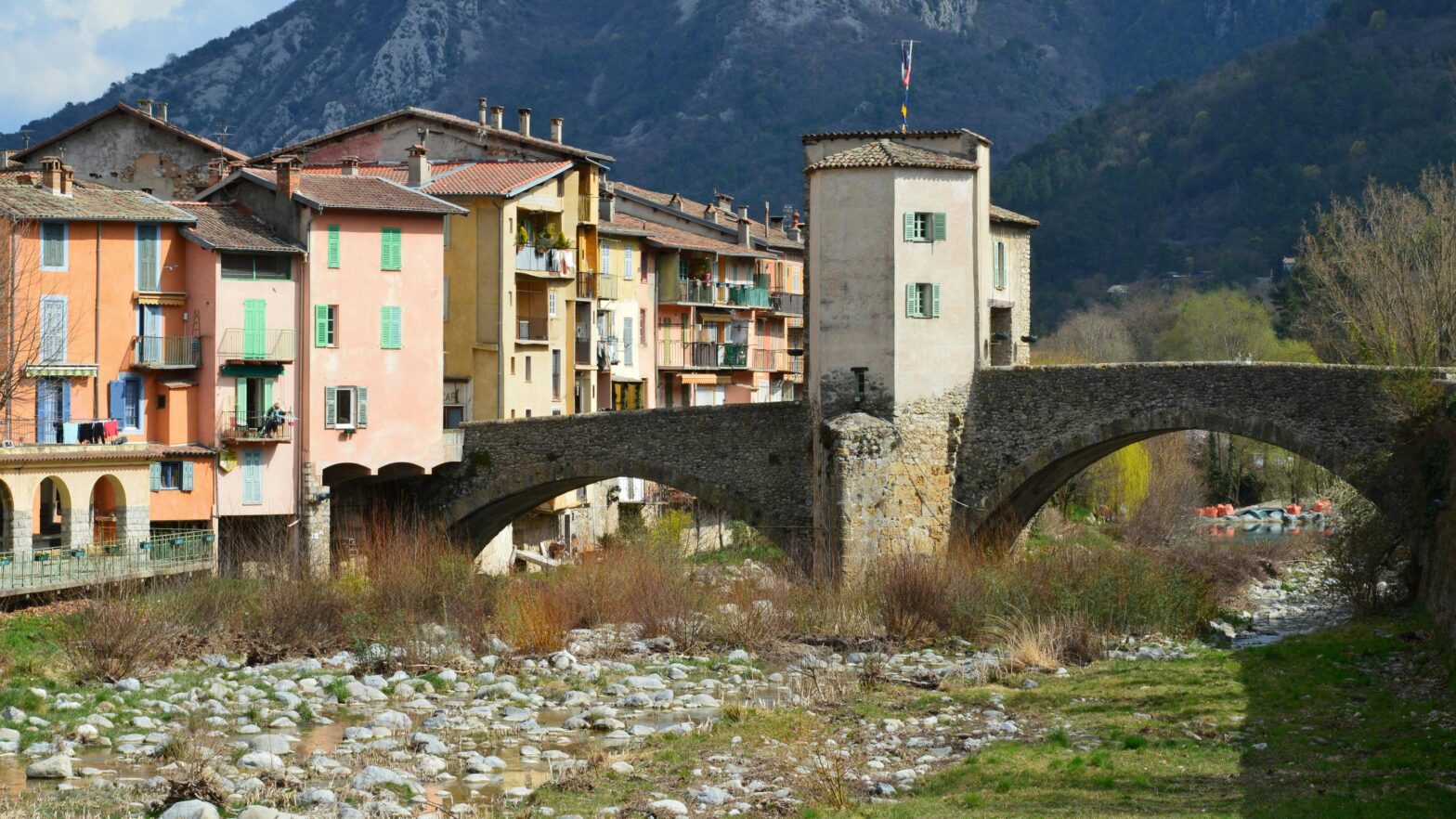Rez: C. D. Nichols: Poverty Rebels
Shanleigh Corrallo Sharikov, Mellon Foundation / American Conservation Experience
In “Poverty Rebels: Black and Brown Protest in Post-Civil Rights America”, historian Casey Nichols takes readers West for a social and political history of African American and Mexican American organizing in Los Angeles from the 1960s–1980s. Nichols builds off of two decades of momentum in civil rights historiography by expanding the geographic, temporal and ethnic bounds of Black and Brown organizing.1 Significantly, Nichols repositions Mexican American organizing alongside African American organizing in Los Angeles to create a more whole and complex picture of the multiracial nature of this era of activism. In doing so, she joins the likes of Shana Bernstein, Mike Davis and Jon Weiner, Douglas Flamming, Laura Pulido and Gordon Mantler, among others.2 Perhaps the most critical contribution of the book, “Poverty Rebels” expands “the traditional civil rights narrative” by centralizing the War on Poverty as a “critical catalyst for existing political movements in Black and Brown communities across the United States.” (p. 37) This attention to the political, social, civil, and ideological intersections of organizing is ambitious, and offers a more cumulative lens on pivotal events in post-civil rights Los Angeles.
“Poverty Rebels” shines in its capacity to articulate the complicated relationship of African American and Mexican American organizing in the 1960s and 1970s. Nichols contextualizes her argumentation around the core themes of race, class, citizenship, and migration, as well as specific events like the Watts uprising of 1965 and the 1970 Chicano Moratorium. Nichols argues that African American and Mexican American migratory “journeys” were critical to Los Angeles, and establish the city “as a meeting ground where the city’s connection to colonialism, exclusion, and national growth sits at the core of Black-Brown relations.” (p. 15) Another key unifier between Black and Brown Angeleno organizing was the adaptation of federal anti-poverty policies and programs to directly improve the material positions of their communities. Nichols argues that this represented the “next stage of struggles for racial equality” in the post-civil war period, an area that she compellingly argues is underexplored (p. 2). To illustrate this point, Nichols offers us an array of examples, three that are promising. Plaza de la Raza, a “community center in East Los Angeles” for Mexican Americans, and two Sons of Watts programs – Own Recognizance Assistance and the Rehabilitation Project – demonstrate that African Americans and Mexican Americans manifested these cultural particularities into concrete programs, but leaves us wondering how they did so (pp. 145–146). These programs undoubtedly have rich histories that need to be unpacked to have an impact. The Sons of Watts for instance was a unique group that sometimes protested Movement organizations that they did not ideologically agree with. A dive into nuances like this would have offered an opportunity to identify the key ideological positions and distinctions between different poverty rebels and their organizations.3
As a “turning point” for civil rights organizing in Los Angeles, Nichols argues that African Americans effectively leveraged the Watts Rebellion to gain access to both War on Poverty and Model Cities funding.4 This reading of the uprising a moment of reclamation and power situates “Poverty Rebels” within the growing body of literature on the urban uprisings of the 1960s.5 Though Watts mirrored the hundreds of national uprisings during this time period, Nichols skillfully argues for its uniqueness. According to Nichols, this led to two distinct outcomes of the Rebellion and its aftermath that distinguish it from others and “set the tone for constructing African American and Mexican American relations over the remainder of the twentieth century.” (p. 9) The first follows that the media manufactured a chasm between these groups. The second argues that by focusing on the actions and demands of African Americans, officials overlooked the needs of local Mexican Americans (p. 50). These arguments add nuance to our evolving understanding of the 1960s uprisings as acts of reclamation and resistance, while supporting Nichols’ broader argument on the complexities of multiracial organizing in Los Angeles.
While “Poverty Rebels” presents the reader with detailed information about key activists and milestones in African American and Mexican American community organizing in Los Angeles during the War on Poverty era, the dearth of engaged and explicit analysis and the omission of personal narratives distracts from Nichols’ goal “to peel back the layers of collaboration, conflict, and constellation in Brown-Black histories” in an effort “to uncover critical debates about the Civil Rights Act’s effectiveness as a national policy designed to protect all constituents.” (p. 3) Though Nichols provides descriptions, examples and clear lines of argumentation throughout the book, the reader is left without the promised grassroots-grounded analysis that would have deepened the human experiences of multicultural, parallel organizing. As a result, there are moments where Nichols’ connections between activist resistance and War on Poverty legislation appear oversimplified. Take Nichols’ treatment of the Los Angeles Economic and Youth Opportunities Agency (EYOA) for example. In 1965, the EYOA agreed to establish equal committee representation for African Americans and Mexican Americans in response to the Watts Rebellion, a seemingly equitable move aligned with the area’s demographics. Nichols posits, however, that “[w]hile including Mexican Americans in the process of selecting community representatives […] can be seen as a win for this group, their erasure from other aspects […] reflects a tendency by federal officials to ignore Mexican Americans.” (p. 50) While this is likely true, we are left to imagine the manifestations of “Brown invisibility” within this context.
Several important questions remain unanswered in “Poverty Rebels”: who exactly are the poverty rebels, not as individual descriptions, but as dynamic and complex people? Can an upper-middle class politician truly be a poverty rebel? How did “militant” grassroots poverty rebels view the work of politicians? Nichols defines poverty rebels as “politicians, activists, youths, professionals, and local people” who “redefined the War on Poverty into an informal economic justice clause to the Civil Rights Act of 1964.” (p. 2) This grouping of a variety of individuals and organizations into a singular label, with limited examples of their interactions, leaves much to be imagined. While the spectrum of poverty activists and their effectiveness is undeniable, and Nichols illustrates this well, the choice to unify these activists under the same banner begs for a deeper investigation into the ideological, operational and methodological distinctions and conflicts that were ubiquitous within these movements. There are places in “Poverty Rebels” where this dynamic appeared, although it was often underdeveloped.6
Casey Nichols’ “Poverty Rebels” provides a detailed and extensive overview of Black and Brown community organizing and political responses to the War on Poverty and Model Cities programs that provides a foundation for future scholars to hone in on more concrete people and organizations within the Los Angeles activist landscape. While Nichols meticulously tracks the movements and the achievements of poverty rebels, without their human stories and grassroots perspectives, we are missing a fundamental intimacy with them that is essential to understanding the nuances of Black and Brown activism. Using the War on Poverty as a lens that connects the movement histories of African Americans and Mexican Americans of different classes and convictions, Nichols offers a new read into the scope of poverty activism and multiracial coalition building. In the wake of America’s current political turbulence, “Poverty Rebels” provides a powerful opportunity to analyze the historical intersections of race, class, activism and policy. In particular, Nichols’ reminder of the “deportation and repatriation schemes” that displaced nearly 30 percent of Los Angeles’ Mexican-descended population during the Great Depression reveals a footprint of violent federal intervention that is deeply rooted in xenophobia and rhetoric against the poor; issues that the poverty rebels fought vehemently against.
Notes:
1 Jacquelyn Dowd Hall, The Long Civil Rights Movement and the Political Uses of the Past, in: The Journal of American History (2005), pp. 1233–1263.
2 Shana Bernstein, Bridges of Reform. Interracial Civil Rights Activism in Twentieth-Century Los Angeles, New York 2011; Mike Davis / Jon Wiener, Set the Night on Fire. L.A. in the Sixties, London 2020; Douglas Flamming, Bound for Freedom. Black Los Angeles in Jim Crow America, Berkeley 2005; Josh Kun / Laura Pulido (eds.), Black and Brown in Los Angeles. Beyond Conflict and Coalition, Berkeley 2014; Gordon K. Mantler, Power to the Poor. Black-Brown Coalition & The Fight for Economic Justice, 1960–1974, Chapel Hill 2013. For a powerful study on the Black Power Movement in California, see: Donna Murch, Living for the City. Migration, Education and the Rise of the Black Panther Party, Chapel Hill 2010.
3 For an example, see the Sons of Watts’ 1966 protest of the Peoples’ Voice Book Store, a space where communist literature proliferated, “Sons of Watts Protest, Los Angeles, 1966,” California State University. Northridge, Tom & Ethel Bradley Center Photographs. Harry Adams Collection, available at: https://digital-collections.csun.edu/digital/collection/Bradley/id/5459/ (19.06.2025).
4 Elizabeth Hinton, America on Fire. The Untold History of Police Violence and Black Rebellion Since the 1960s, New York 2022.
5 See Hinton, America on Fire; Peter Levy, The Great Uprising. Race Riots in Urban America in the 1960s, Cambridge 2018; Heather Thompson, Whose Detroit? Politics, Labor and Race in a Modern American City, Ithaca 2017; Jasmine A. Young, Gloria Richardson, Armed Self-Defense, and Black Liberation in Cambridge, Maryland, in: The Journal of African American History 107 (2022) 2, pp. 212–237.
6 The class contention over To Fulfill These Rights is a strong example of conflict within the Black Angeleno response to federal initiatives and policies that needed a more robust analysis and exhibition of nuance. The meeting between Augustus Hawkins and Tommy Jacquette offers an opportunity to analyze the power dynamics at play between grassroots activists and politicians that was left underexplored. Vignettes of individuals like Hawkins and Jacquette would have revealed important distinctions between the various class levels of poverty rebels.
You may also like...
Diddy's Legal Troubles & Racketeering Trial

Music mogul Sean 'Diddy' Combs was acquitted of sex trafficking and racketeering charges but convicted on transportation...
Thomas Partey Faces Rape & Sexual Assault Charges

Former Arsenal midfielder Thomas Partey has been formally charged with multiple counts of rape and sexual assault by UK ...
Nigeria Universities Changes Admission Policies

JAMB has clarified its admission policies, rectifying a student's status, reiterating the necessity of its Central Admis...
Ghana's Economic Reforms & Gold Sector Initiatives

Ghana is undertaking a comprehensive economic overhaul with President John Dramani Mahama's 24-Hour Economy and Accelera...
WAFCON 2024 African Women's Football Tournament

The 2024 Women's Africa Cup of Nations opened with thrilling matches, seeing Nigeria's Super Falcons secure a dominant 3...
Emergence & Dynamics of Nigeria's ADC Coalition

A new opposition coalition, led by the African Democratic Congress (ADC), is emerging to challenge President Bola Ahmed ...
Demise of Olubadan of Ibadanland
Oba Owolabi Olakulehin, the 43rd Olubadan of Ibadanland, has died at 90, concluding a life of distinguished service in t...
Death of Nigerian Goalkeeping Legend Peter Rufai

Nigerian football mourns the death of legendary Super Eagles goalkeeper Peter Rufai, who passed away at 61. Known as 'Do...





